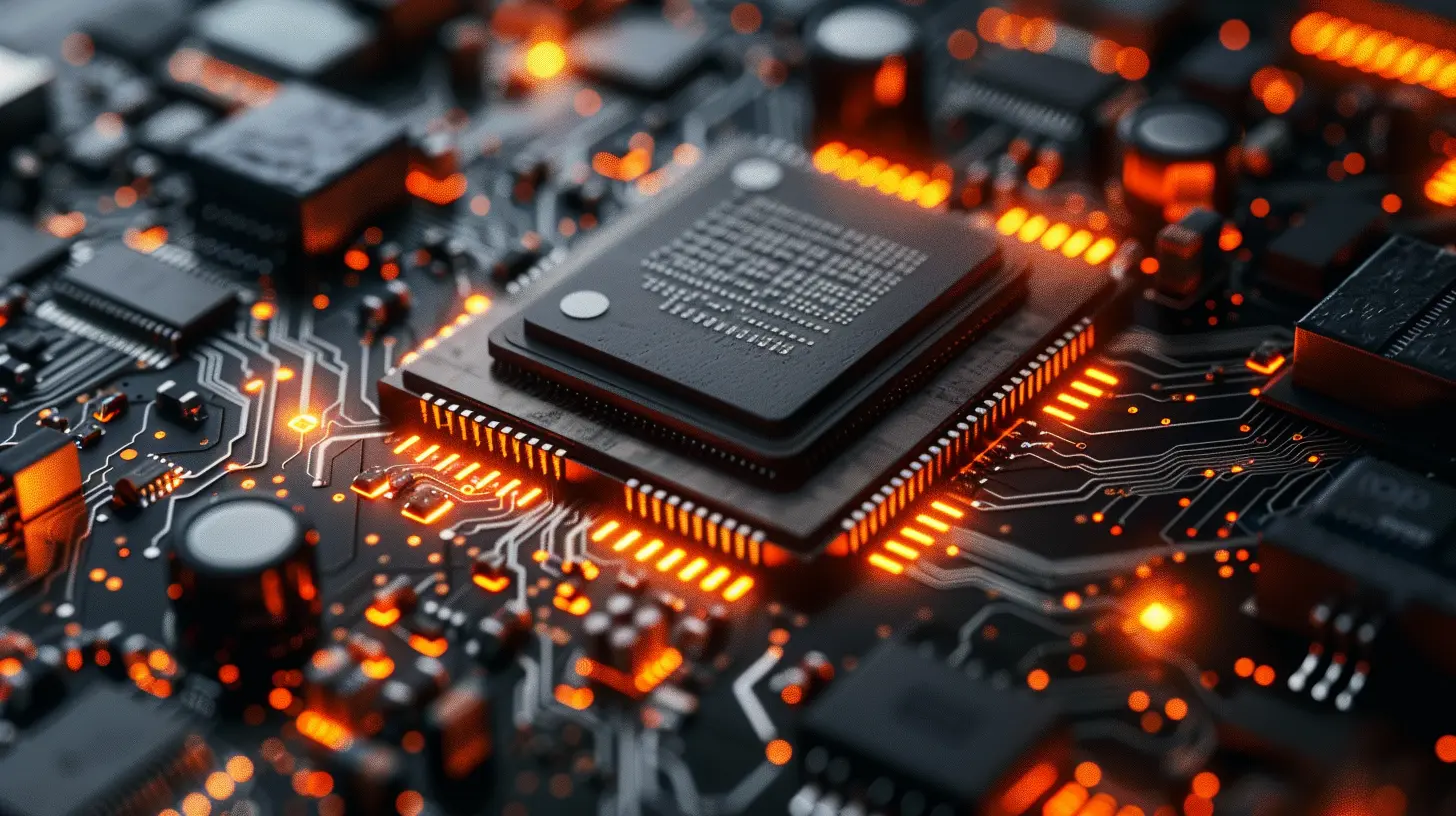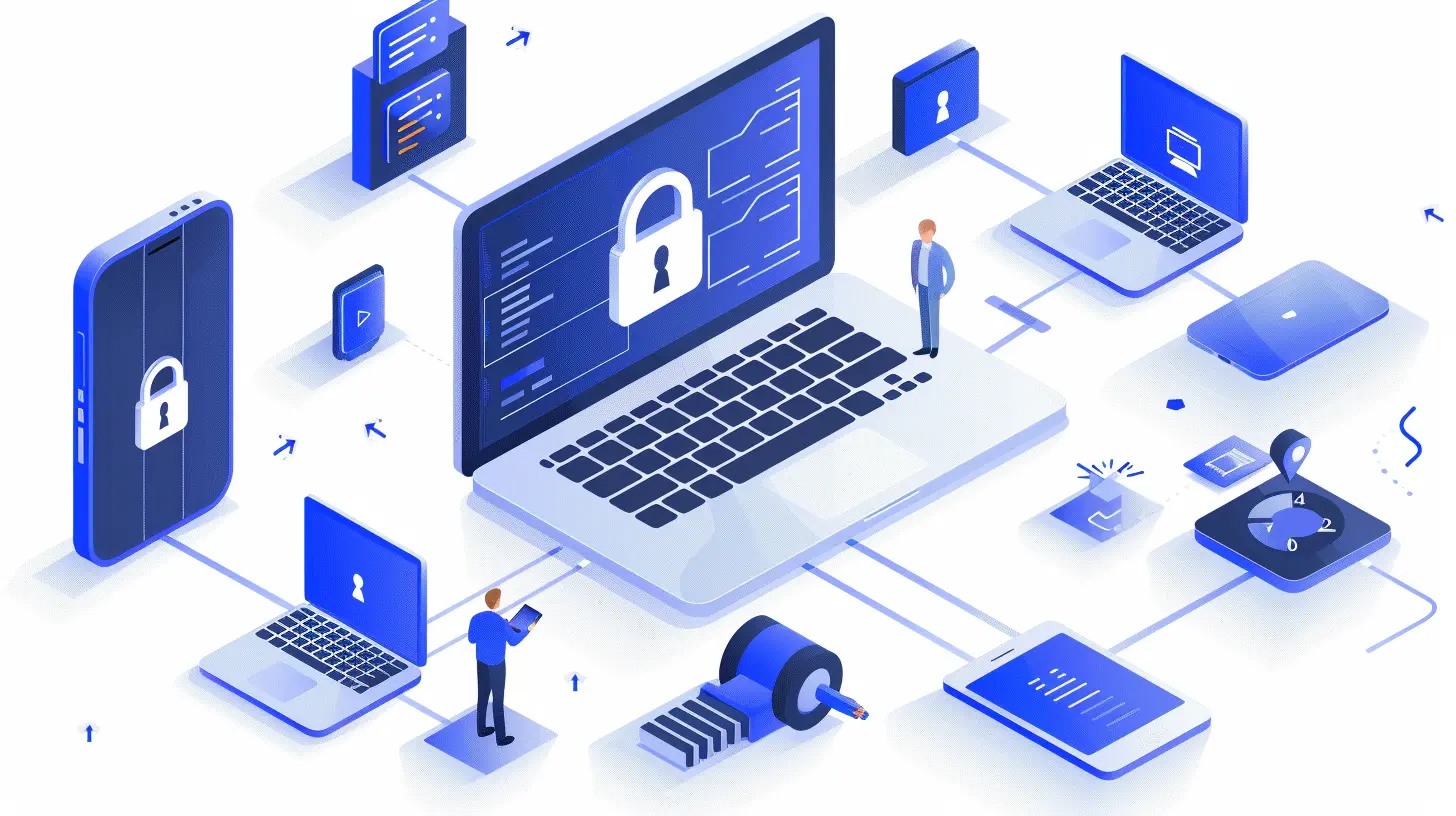How Blockchain is Shaping the Future of Secure Devices
19 August 2025
Ever felt like your smartphone is spying on you? Or worried that your smart fridge is a secret agent reporting back to a hacker's lair? Welcome to the growing concerns around smart devices and personal security. We’ve got gadgets everywhere—phones, wearables, IoT home appliances, even smart locks. And while they’re making life way more convenient, they’re also opening the gates to potential cyber threats.
Here’s the good news: blockchain technology is stepping in like a superhero to change the game for security. Believe it or not, this isn't just about Bitcoin and weird-sounding cryptocurrencies. Blockchain is about to become your new favorite word when it comes to securing devices in ways that were practically science fiction ten years ago.
So, buckle up. We’re diving deep into how blockchain is shaping the future of secure devices—and yes, we’re keeping it simple, real, and straight to the point.
What’s the Problem With Security in Today’s Devices?
Let’s face it—most of the devices we use today weren’t exactly built with top-tier security in mind. And when you stuff your entire life into your smartphone or connect your thermostat to Wi-Fi, you’re literally inviting cybercriminals in if that security isn't airtight.Centralized Systems Are a Hacker’s Playground
Most current device ecosystems rely on centralized servers. That means there’s a single point of control—and a single point of failure. Hackers love this. Why? Because if they crack that one central gatekeeper, they can wreak havoc across thousands—sometimes millions—of devices.Think of it like putting all your eggs in one basket, then handing that basket to someone you hope won’t drop it.
Data Privacy? More Like a Data Giveaway
Whenever a device sends data back to a server (which happens a lot), there's a risk. That data can be intercepted, misused, or sold to advertisers. Even big-name companies have had massive data breaches that exposed user info on a terrifying scale.
Enter Blockchain: The Security Reinventor
You’ve probably heard about blockchain being used for Bitcoin or Ethereum. That’s cool and all, but its true potential goes so much further. At its core, blockchain is just a decentralized digital ledger—like a highly secure, tamper-proof notebook that everyone has a copy of and no one can secretly change.Decentralization: No Single Point of Failure
Remember the eggs-in-one-basket analogy? Blockchain fixes that by spreading the eggs across hundreds, even thousands, of baskets. Every transaction or data exchange is recorded across a network of nodes (computers), making it nearly impossible for a hacker to alter a single record without changing every copy. That’s digital Fort Knox.Immutable Records: You Can’t Fake the Funk
Once data is added to a blockchain, it’s virtually set in stone. So, whether it's a timestamp of a firmware update or device communication logs, it can’t be sneakily altered. This feature is gold for device authentication and logs in cyber investigations.
So... How Exactly Is Blockchain Making Devices More Secure?
Let's break it down. We’re not talking theory anymore—blockchain is already being integrated into real-world security solutions for devices.1. Device Identity Authentication
Every device in a blockchain-based network can have its unique cryptographic identity. Think of it like a digital fingerprint that can’t be faked. This makes it way harder for malicious actors to spoof devices or impersonate them.Imagine trying to use a fake ID to get into a high-tech club, but the bouncer has the entire global registry of real IDs and can spot a fake instantly. That's what blockchain does.
2. Secure Firmware Updates
Firmware updates are essential, but also a common way for hackers to sneak in malware. With blockchain, manufacturers can sign updates with cryptographic keys that the network verifies before applying. That means your smart fridge won’t accidentally download ransomware masked as a “performance improvement.”3. Secure Communication Between Devices
When devices talk to each other, especially in IoT environments, those conversations need to be private and secure. Blockchain can ensure that only authorized devices are talking to each other, using encrypted, verified protocols that can't be tampered with.It’s like having a secret handshake between devices—if they can’t do the handshake, they’re kicked out of the party.
4. Decentralized Storage and Access Logs
Instead of storing sensitive logs or user data in one server, blockchain spreads the responsibility. Access logs, usage data, and permission records can all be stored in an immutable ledger, making it transparent and audit-friendly.So if something goes wrong, you’ll know who, what, and when—no more shady "we’re not sure" responses from manufacturers.
Blockchain in Action: Real-Life Use Cases
It’s not all talk—some seriously smart companies are already putting this tech to work.IBM and Blockchain for IoT
IBM's Watson IoT platform is integrating blockchain to connect billions of devices securely. Instead of relying on centralized infrastructures, devices can operate with trustless validation, meaning they don't have to trust each other—they just trust the blockchain.Filament for Industrial IoT
Filament is using blockchain to help industrial machines (think oil rigs, water treatment systems) communicate securely. It helps prevent unauthorized commands and improves transparency across industrial networks.Chronicled in Supply Chain Devices
Want to make sure your "smart medicine" wasn’t tampered with in the supply chain? Chronicled uses blockchain to secure IoT-enabled sensors in pharmaceutical shipments, tracking everything from temperature to location to integrity.The Blockchain + AI Combo: The Future of Smart Security
Here’s where things get even cooler. Pair blockchain with artificial intelligence, and you’ve got a super combo for security.- AI can detect weird behavior or threats in real-time.
- Blockchain can log these events immutably.
- Together, they create an ecosystem where threats are spotted fast and can’t be denied or erased by clever attackers.
It’s like pairing Sherlock Holmes’ brain (AI) with a court stenographer that never lies (blockchain).
Big Challenges (Because Nothing’s Perfect)
Alright, before we get too starry-eyed about blockchain security, let’s stay grounded. There are still some challenges to tackle:Scalability
Blockchains, especially public ones, can be slow and resource-heavy. Devices have to interact with the network, validate transactions, and possibly store portions of the ledger. That’s a lot for a little smart thermometer to handle.Energy Consumption
Blockchain networks, depending on their consensus mechanisms (like proof-of-work), can consume huge amounts of energy. That’s not ideal if you’re trying to make your house "smart" and eco-friendly.Complexity
Let's be real—blockchain isn’t the easiest thing to implement. It requires knowledge, infrastructure, and often, overhauling how devices are currently built and operate. Not every manufacturer is up for that challenge yet.The Road Ahead: What Needs to Happen
For blockchain to truly secure the future of smart devices, a few things need to happen.Standardization
We need common protocols for how devices use blockchain. Everyone playing by different rules? That's just chaos waiting to happen. Standardization means devices from different manufacturers can still communicate securely.Lighter, Greener Consensus
Energy-efficient consensus models like proof-of-stake (PoS) or delegated PoS can reduce blockchain's environmental impact and make it device-friendly.User-Friendly Integration
If people need a PhD to run their "secure blockchain fridge," we’ve missed the point. The tech needs to be as invisible and seamless as possible. Security should happen in the background, not become another setting we all ignore.Final Thoughts: We're Just Getting Started
We’re standing on the edge of something huge. Blockchain isn’t just a buzzword thrown around by crypto bros anymore—it’s a foundational tech that could reshape how we secure everything from phones to toasters.Is it perfect yet? Nope.
Is it promising? Absolutely.
If device manufacturers, developers, and users embrace blockchain in the right ways, we’re looking at a future where hacking into your smart home is as hard as breaking into a bank vault. Maybe harder.
So next time your smart speaker blurts out something random, don’t panic—just start hoping it’s running on blockchain.
all images in this post were generated using AI tools
Category:
Technology InnovationAuthor:

Marcus Gray
Discussion
rate this article
1 comments
Hugo McClintock
Exciting insights on blockchain's role in enhancing device security for the future!
September 6, 2025 at 11:10 AM

Marcus Gray
Thank you! I'm glad you found the insights valuable. Blockchain's potential in device security is indeed promising!


